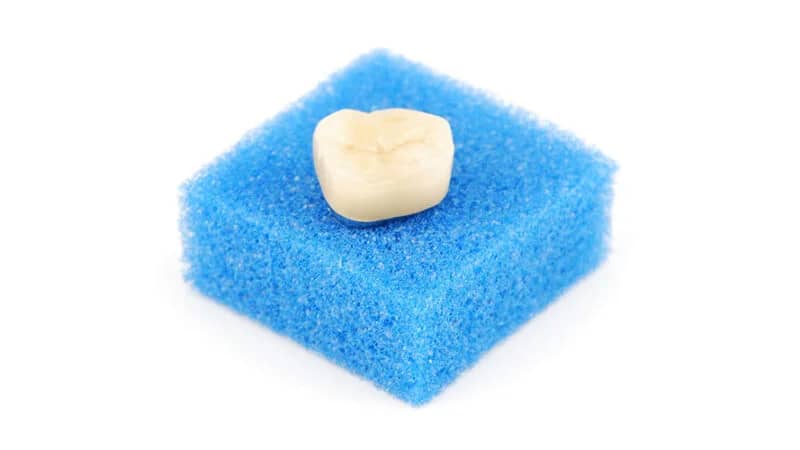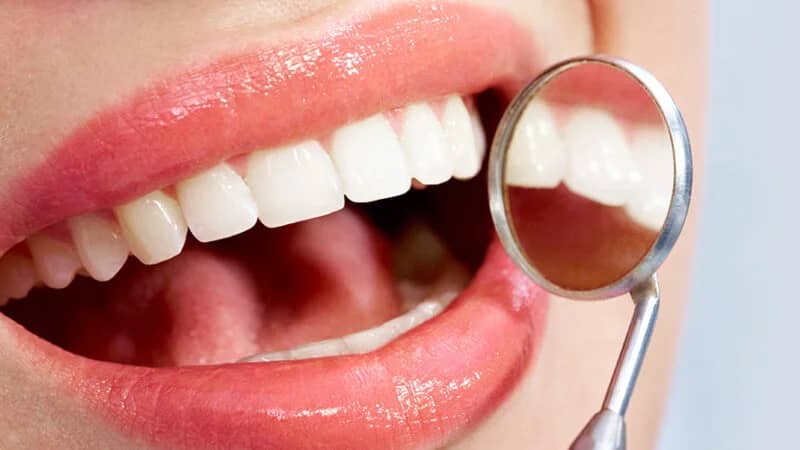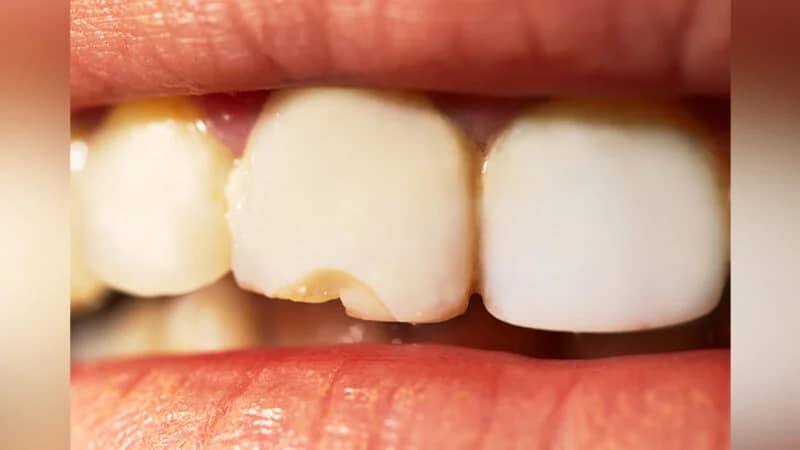What Is Cosmetic Bonding?
Cosmetic bonding is one of the popular dental treatments in cosmetic dentistry. The other names for it are tooth bonding and dental bonding. When there is a chipped tooth, cracked or discolored tooth, it is treated with cosmetic bonding. The dentist uses composite resins that are of tooth color. This is applied to the teeth to reshape them, reduce the teeth gap and resolve other teeth issues. The procedure is called bonding because medically tested adhesives are used to bond the teeth and the resin.
Candidates For Cosmetic Bonding
The candidates with the following issues can opt for cosmetic bonding:
Teeth Gap – There can be a gap between the teeth due to aligning issues. This can be covered by applying the bond on the teeth that cover the gap and displays a beautiful smile.
Discolored Tooth – The tooth color of each person differs from the other. The tooth may get discolored to yellow or greyish due to many reasons. At times the whitening techniques may also not work on the discoloration even after repeated attempts. Cosmetic bonding will be beneficial for improving the teeth’ color.
Shape and Size – For a few people the shape of their teeth may not be appealing to them. It can be small teeth, square-sized or round-shaped. It may lead to hesitation to smile. Cosmetic bonding corrects such teeth issues.
Stains – Teeth staining is one of the very common teeth issues faced by most of them. Teeth get stained due to various reasons and the staining changes the look of the teeth. Whitening is an option to change the teeth’ color but when the stains are stubborn and are settled on over a very long period, many sittings of teeth whitening may also not erase the stains. Covering stained teeth with cosmetic bonding is an easy option.
Crooked Teeth – Orthodontics treatments such as braces are not opted for by a few due to their painful procedures and also cannot display crooked teeth. Cosmetic bonding helps in correcting misaligned and crooked teeth issues.
Chipped Teeth – When there is chipped due to any accident or sports injuries then it can be corrected with cosmetic bonding.
Steps of Cosmetic Bonding
On visiting the dental clinic, the dental practitioner would discuss the current tooth issues faced by the recipient and also understand what to expect from the cosmetic bonding.
The next step is to take dental X-rays to know the exact dental situation. The detailed examination of the X-rays is very helpful to check the eligibility of the candidate for the dental bonding procedure and also to know any underlying gum diseases, oral health issues or tooth decay (if any) that has to be treated before beginning the teeth bonding procedures.
On completion of the above basic formalities the cosmetic bonding treatment steps are mentioned below:
Shade Guide – A shade guide is shared by the dentist for the recipient to decide the color of the composite resin material that suits the present tooth color.
Preparing The Tooth – The tooth surface is usually smooth and the resin material may not stick well on the smooth surface so the tooth surface is roughened and conditioning material is applied to the tooth. This helps in sticking the bonding material to the tooth.
Application of the Resin Material – The resin material texture is similar to putty. It is applied well on the tooth, smoothed and modelled according to the desired tooth structure.
Curing the Material – Using a special curing light, the resin material has to be hardened since it has to bond with the surface of the tooth.
Tooth Polishing – This will be the final step in the cosmetic bonding process, in which the tooth is polished to provide the shine that makes the tooth look as good as the natural one.
What Is the Recovery Time After Cosmetic Bonding?
Unlike other dental procedures that require a few days of recovery time, cosmetic bonding does not need any recovery time. Since it is a non-invasive treatment, you can continue with your routine activities upon completion of the procedure.
Advantages of Cosmetic Bonding
Single-Day Procedure – Some dental procedures such as crowns or veneers require a few days to complete the procedure whereas the cosmetic bonding procedure is completed in just one visit to the dental office.
Cost-Effective – Cosmetic bonding is the least expensive when compared to all the other dental treatments.
Minimal to No-Invasive Procedure – Tooth removal or enamel removal is the major part most of the dental treatments such as root canals, veneers and dental crowns. Cosmetic bonding does not demand any tooth alterations for the procedure.



